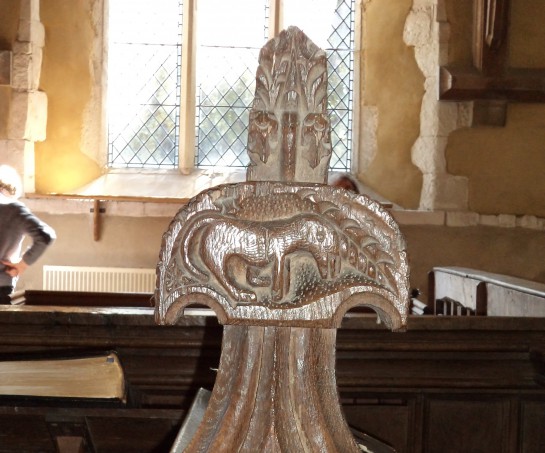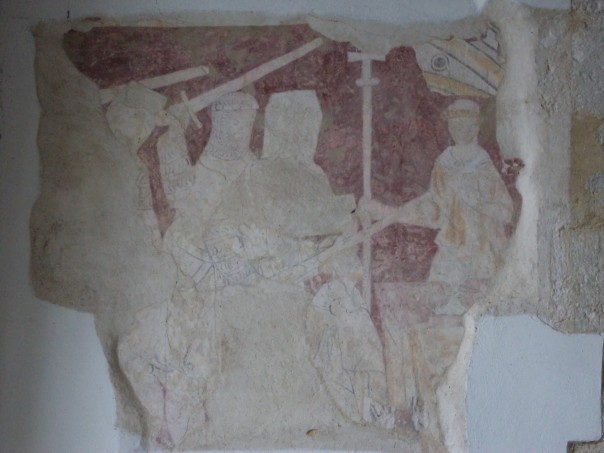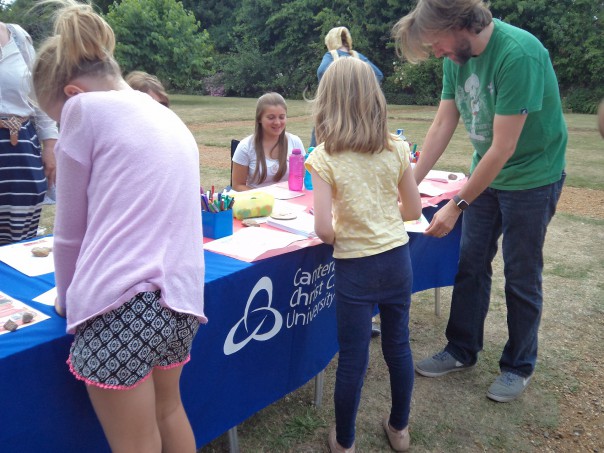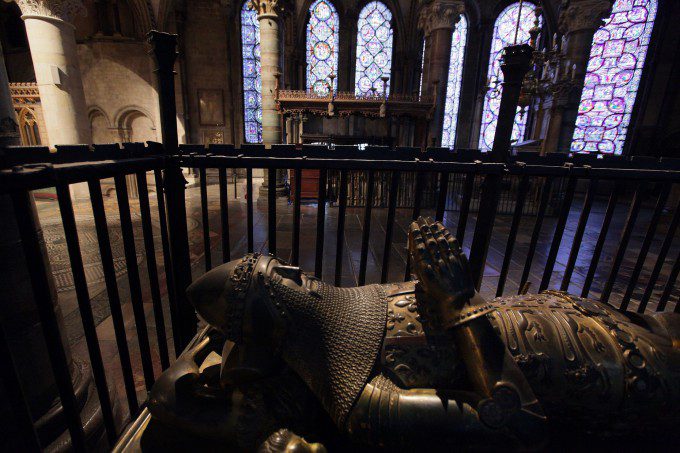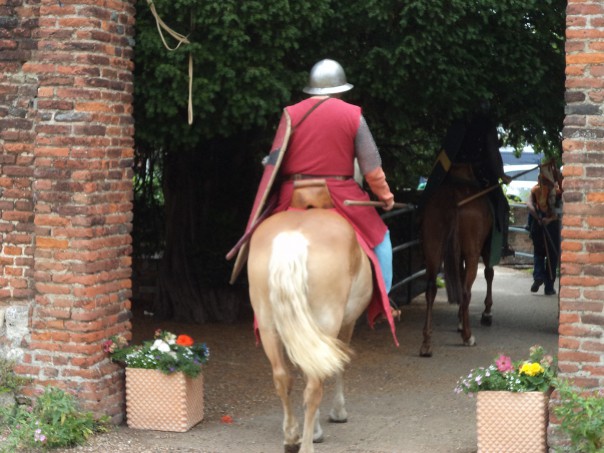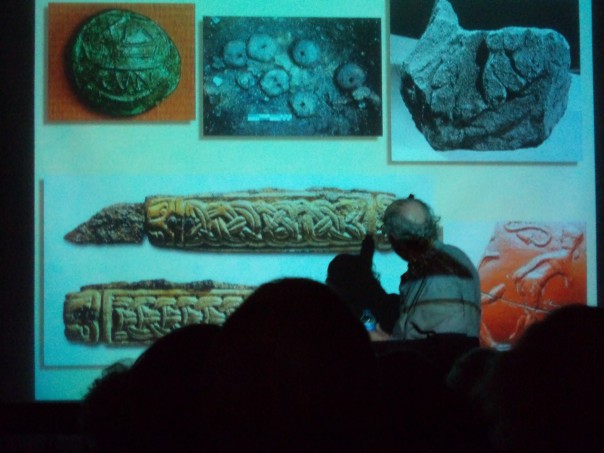Things continue to be busy and it is now just over a week to the Kent History Federation 1-day conference hosted by the Centre at Canterbury Christ Church on ‘Tudor […]
Medieval Canterbury Weekend and other events – looking forward
In 2018, we will be heading back to the Middle Ages for our Medieval Canterbury Weekend from the 6 to 8 April. Regarding the lectures and tours, we will start […]
Centre for Kent History and Heritage – looking back
As in 2016, probably the high point this year for the Centre was the History Weekend in early April, which in 2017 featured the Tudors and Stuarts and was a […]
Paul Bennett and bringing Canterbury and Rochester together
Before I give a brief report on Professor Paul Bennett’s fascinating ‘Part Two’ of his inaugural professorial lecture, I thought I would mention a few events the Centre is running […]
Medieval Pageant – Canterbury Award Winner
I thought I would start by mentioning the upcoming lecture by Paul Bennett, the Centre’s Visiting Professor, where he will give an insight into his work as an archaeologist in […]
Reflections on lectures from Professor Robert Tittler and Tim Tatton-Brown
It is always interesting to hear what various members of the School of Humanities are doing in terms of Kent History and Heritage and I happened to see both Dr […]
